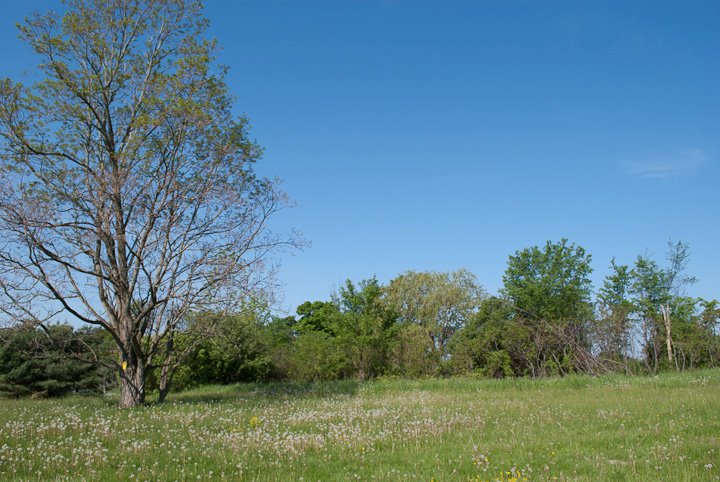It's easy to forget to reset your building management system (BMS) or a direct digital control (DDC) system seasonally. Did you overwrite your building management system to forgo night-time building temperature setup due to the hot summer this year? Many buildings had a hard time maintaining their cooler daytime temperatures and therefore cancelled the energy saving nighttime setup program. Forgoing this energy savings was worth the extra hours the building was able to maintain proper temperatures during the workday.
It’s Time to Take Back the Energy Savings
Now that it’s cooler again, it is appropriate to return to your regularly scheduled program. Many of us forget we made these building management system changes and then it can remain this way for months, even years. The Department of Energy (DOE) and the Environmental Protection Agency (EPA) cite Industry Data 2004 information in the estimate that a 5 degree F temperature setup produces 6% cooling consumption energy savings. (In addition, a 5 degree F nighttime heating setback is estimated to save approximately 3% in energy.) As most commercial buildings remain in cooling mode throughout most of the year, this savings can really add up!
Overwriting to Occupied Mode Causes Increased Costs
One thing to keep in mind is how the nighttime setup routine was cancelled. If you put your building in “occupied” mode instead of just cancelling the nighttime setup/setback, you have increased your energy consumption more than if you had no nighttime change programmed at all. The reason is that “occupied mode” (PDF) (hours of building occupancy) also ventilates, whereas “unoccupied mode ” (hours building is unoccupied) usually closes all outside air dampers in the air handling units.
This is important, as ventilation air is typically 20% - 100% of the total air going through the air handler. During unoccupied mode, the air handler recirculates the air in the building and conditions it to the proper temperature. A program that maintains the occupied temperature (no nighttime setup or setback) does not open the outside air dampers. Leaving a building in occupied mode 24/7 can create a 30% increase in energy costs over no nighttime temperature reset!
Optimized Start: Taking the Guesswork Out of Nighttime Temperature Reset
Optimized start is also an important piece to this nighttime temperature reset picture. It takes a building a period of time to recover from the higher (cooling season) or lower (heating season) nighttime setpoints and get to the desired building temperature before people start arriving. An optimized start algorithm incorporated into the DDC system calculates the appropriate time the spaces should be reset to occupancy temperatures. These algorithms look at the highest/ lowest zone temperatures, the outdoor temperature and the building’s historic time lag to cool or heat to the occupied setpoint. Taking these factors into account, the DDC system calculates the optimum time to return the temperature setpoint back to occupied mode and keeps the outside air dampers closed during the morning cool-down or warm-up period. The DDC system “learns” over time how long the space requires to return to the occupied setpoints and adjusts the startup time accordingly. This feature of the DDC system not only saves energy, but goes a long way to eliminating comfort issues for people entering the space in the morning.
--------------
[1] Camblor, Natalia. "Considerations for Building Controls - Does Nighttime Setback really save energy? [PDF]" Slides 10 and 19. Proc. of 19th Annual Conference on Building Commissioning, Cincinnati, OH. PECI, n.d. Web. 19 Oct. 2012.
[2] Ibid.






